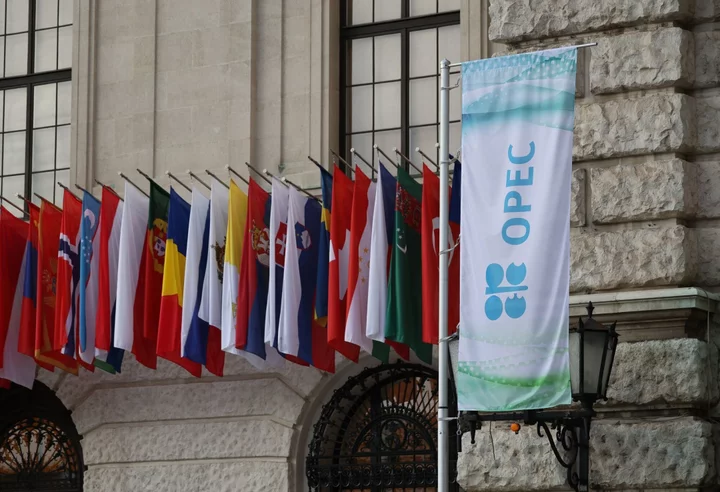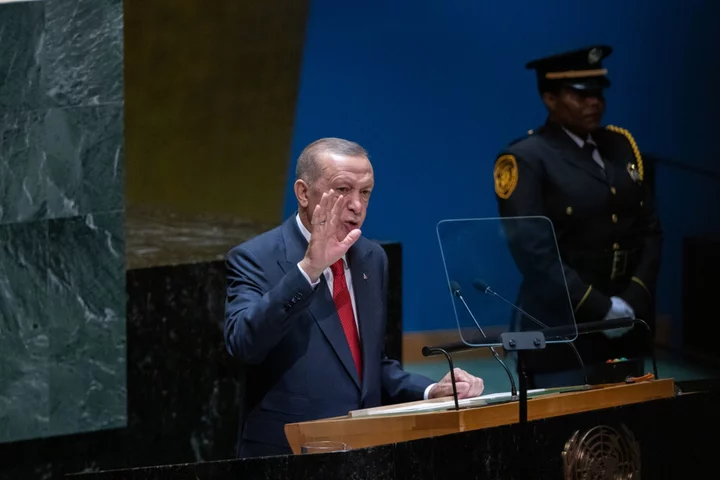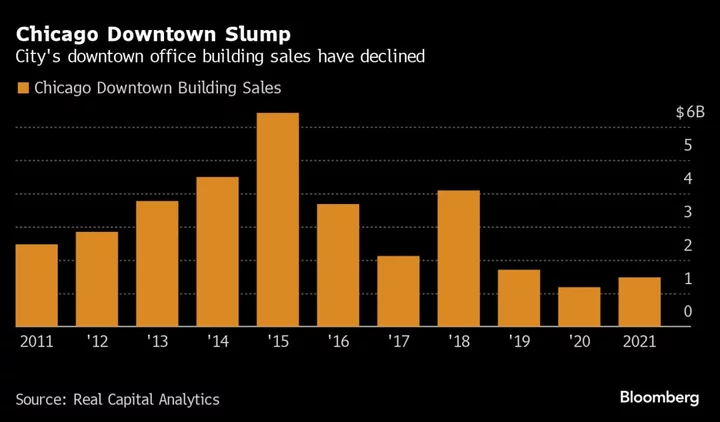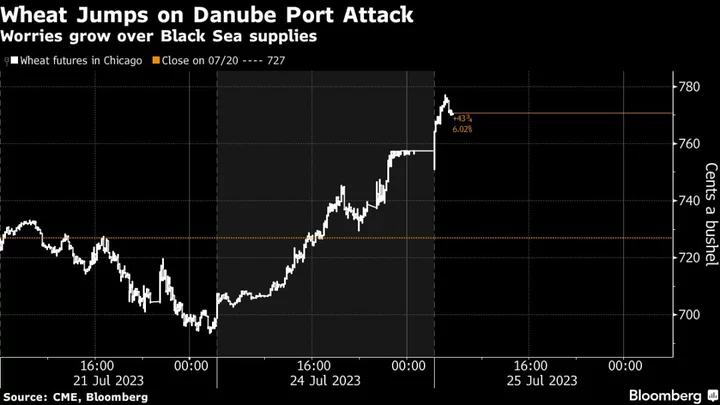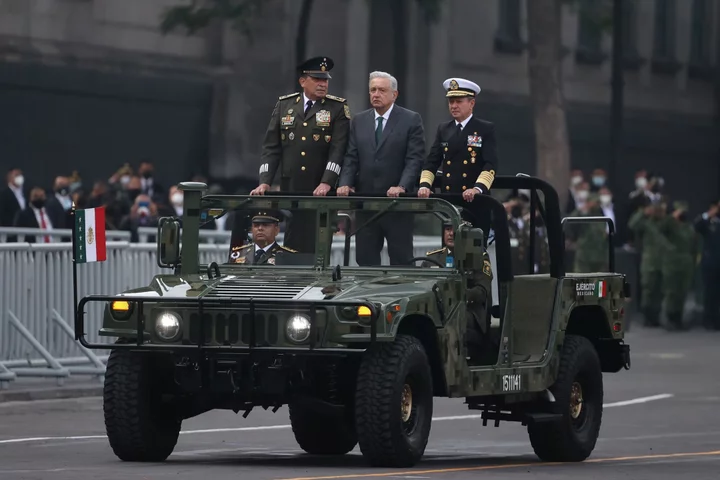OPEC+ agreed to deepen its production cuts following a slump in crude prices and predictions of a renewed surplus next year.
Members of the group agreed to make 1 million barrels a day of additional oil-supply cuts at a meeting on Thursday, delegates said. That reduction comes alongside the much-anticipated extension into next year of Saudi Arabia’s voluntary output curb of the same size.
Members have an agreement principle that will now go to a vote, delegates said, asking not the be named because the information was private. Final details of the accord, including national production levels, will be announced individually by each country rather than in the customary OPEC+ communique, they said.
Oil pared earlier gains, trading 0.3% higher at $83.36 a barrel as of 4:02 p.m. in London.
The additional 1 million barrel-a-day cut fulfills what delegates had said was Riyadh’s main goal for the meeting. More than a week of preparatory talks appeared to have overcome internal disagreements over some African nations’ production quotas, which had forced the video conference to be pushed back by several days.
“If those numbers get confirmed it shows OPEC+ wants to keep their hands on the oil wheel,” said Giovanni Staunovo, an analyst at UBS Group AG. The alliance is “continuing to apply a proactive stance considering likely seasonally weaker demand at the start of 2024.”
Since July, Saudi Arabia has been making an extra voluntary cut of 1 million barrels a day, described by Energy Minister Prince Abdulaziz bin Salman as a “lollipop.” The kingdom was pressing the rest of the Organization of Petroleum Exporting Countries and its allies to join this effort after crude prices fell by more than 10% from their September high. A deeper collective reduction could stave off a renewed oil surplus predicted for early next year.
“The Saudi ‘lollipop’ has been successfully socialized into an ‘OPEC+ lollipop’,” said Christyan Malek, global head of energy strategy at JPMorgan Chase & Co., who was one of the first analysts to predict a deeper cut. “If there is anything that proves the cohesion of OPEC+ it’s surely this decision today.”
A new group-wide OPEC+ cut of 1 million barrels a day could actually be only half as big in real terms, Amrita Sen, director of research at consultant Energy Aspects Ltd., told Bloomberg television before the meeting. That’s because some countries are already pumping below their targets, she said.
Key details on the cuts are still missing, Staunovo said. It was not immediately clear how the cuts would be distributed between members, nor how Russia’s 300,000 barrel-a-day export cut would factor into the new totals.
The outlook for oil has weakened over the past two months amid plentiful supplies and a darkening economic backdrop. Price could fall even further next year, when forecasters including the International Energy Agency anticipate a sharp slowdown in demand growth.
--With assistance from Rachel Graham and Grant Smith.
(Updates with details of agreement in third paragraph.)
Author: Salma El Wardany, Fiona MacDonald and Ben Bartenstein

